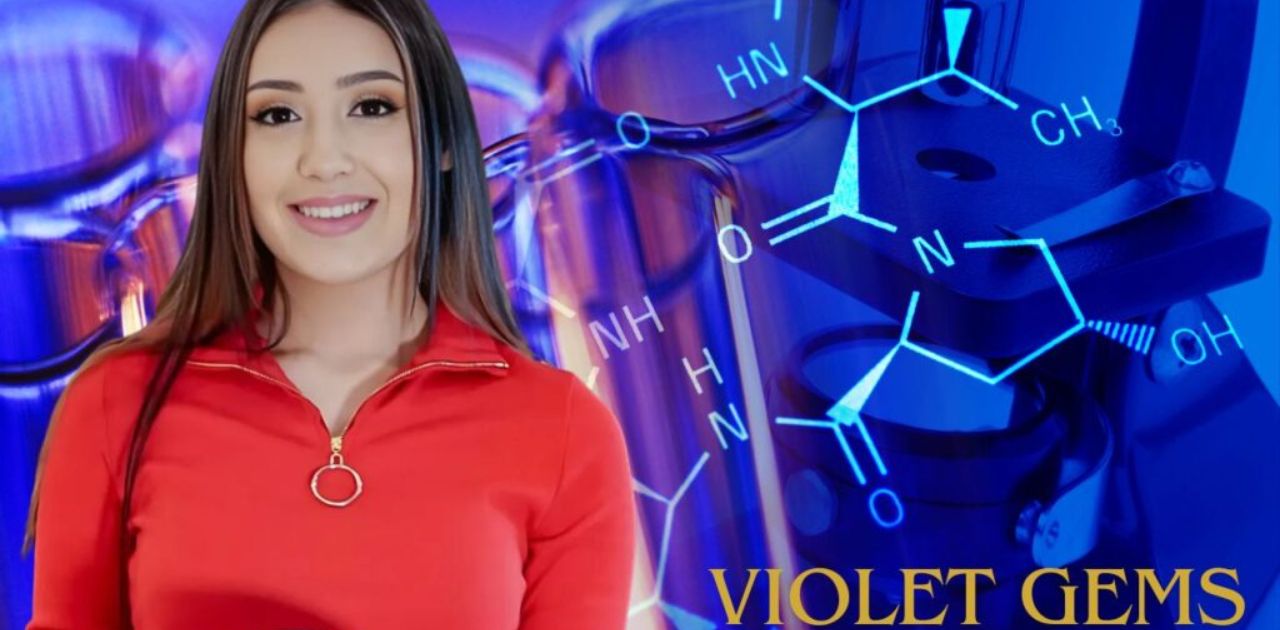Gemstones have captivated human fascination for millennia, their allure transcending mere adornment to embody stories of myth, power, and mystique. Among these treasures of the earth, violet gems hold a special place, enchanting with their deep, mysterious hues and rich histories. In this exploration, we delve into the world of violet gems, focusing particularly on the renowned amethyst and other lesser-known but equally captivating stones.
The Allure of Amethyst
Amethyst, with its regal purple tones ranging from delicate lilac to deep royal purple, is perhaps the most famous violet gem. Revered by ancient civilizations for its supposed protective and healing properties, amethyst has adorned crowns, scepters, and jewelry throughout history. Its name derives from the Greek amethystos, meaning “not intoxicated,” as it was believed to ward off drunkenness and promote clarity of mind.
Geology and Formation
Amethyst belongs to the quartz family and forms within geodes, which are hollow rocks lined with crystals. Its purple color comes from irradiation and trace amounts of iron impurities within the quartz crystal structure. The intensity of color can vary significantly depending on the locality and conditions of formation.
Historical Significance
Ancient Egyptians, Greeks, and Romans prized amethyst for its association with royalty and spirituality. It adorned the breastplates of warriors and priests and was believed to ward off evil and protect its wearer. The allure of amethyst continued through the Middle Ages and Renaissance, where it symbolized piety and was carved into rosaries and crosses.
Symbolism and Cultural Influence
In various cultures, amethyst symbolizes sobriety, wisdom, and spiritual enlightenment. It remains a popular choice for spiritual jewelry, meditation tools, and even modern birthstone collections. Its enduring popularity in the gemstone market ensures its place as a cherished and widely recognized violet gem.
Beyond Amethyst: Lesser-Known Violet Gems
While amethyst reigns supreme, several other violet gems offer their own unique charm and allure:
Tanzanite
Discovered only in 1967 in Tanzania, tanzanite captivates with its vivid violet-blue hues. This gemstone’s rarity and striking color make it highly sought after by collectors and jewelry enthusiasts alike. Tanzanite’s color can shift from blue-violet to violet-blue depending on the crystal orientation, adding to its allure.
Sugilite
Sugilite is prized for its deep purple hues and rarity. Found primarily in Japan, Canada, and South Africa, sugilite is often used in jewelry and carvings. It is believed to possess healing properties and is used for spiritual grounding and emotional balance.
Iolite
Iolite, also known as “water sapphire,” exhibits shades of violet-blue to blue-purple. Its name comes from the Greek word ios, meaning “violet.” Iolite is treasured for its pleochroism, displaying different colors from different angles, ranging from violet to gray-blue.
Purple Sapphire
Purple sapphire is a rare variety of corundum, the same mineral that forms rubies and sapphires. Its color ranges from light lilac to deep purple, with some stones exhibiting pink or violet undertones. Purple sapphire is valued for its durability and brilliance, making it a coveted choice for fine jewelry.
The Market and Collectibility
Violet gems, particularly amethyst and tanzanite, command significant attention in the gemstone market. The value of these gems is influenced by factors such as color saturation, clarity, and size. Amethyst, with its abundance and accessibility, remains relatively affordable compared to rarer stones like tanzanite and purple sapphire, which can fetch high prices due to their scarcity.
Care and Maintenance
Proper care is essential to maintain the beauty of violet gems. Amethyst and tanzanite are relatively durable but should be protected from harsh chemicals and extreme temperatures. Regular cleaning with mild soap and water is recommended to preserve their luster and brilliance.
Conclusion
Violet gems, led by the illustrious amethyst, continue to captivate and inspire with their rich colors and deep histories. From ancient civilizations to modern collectors, these gemstones embody a timeless allure that transcends mere aesthetics. Whether as symbols of royalty, spirituality, or personal adornment, violet gems remind us of the earth’s enduring beauty and the enduring fascination humans have with these precious treasures.
As we appreciate these gems, let us continue to explore their geological origins, cultural significance, and enduring appeal, celebrating their contribution to the rich tapestry of human history and creativity.












+ There are no comments
Add yours